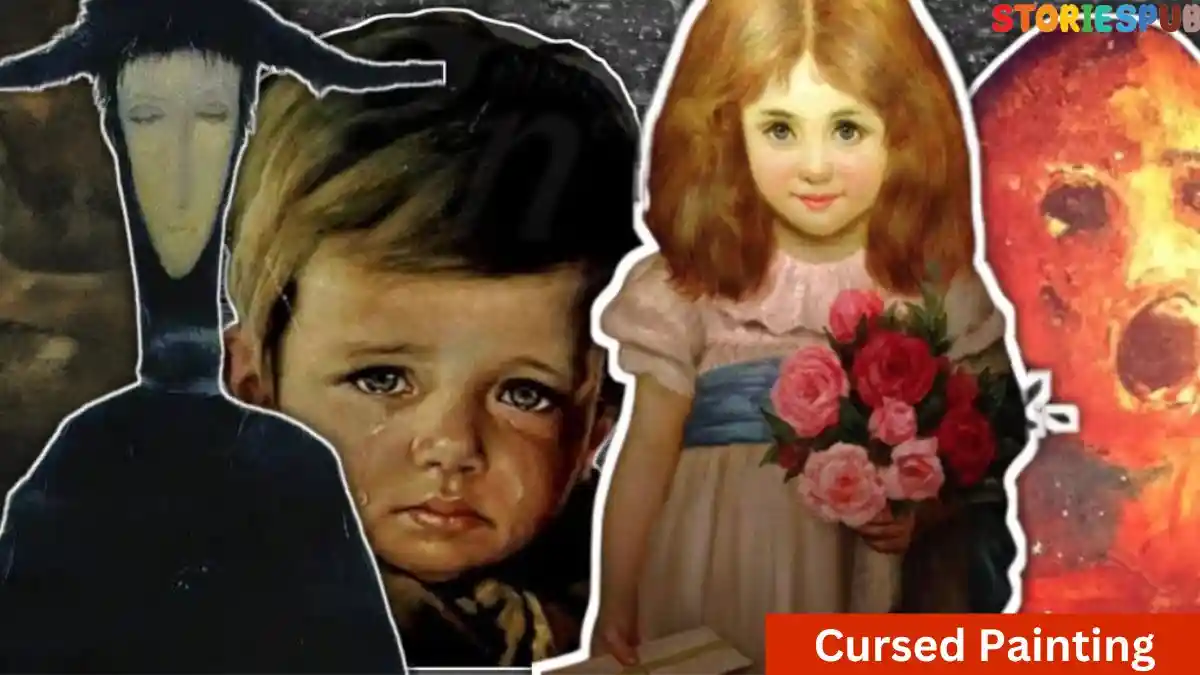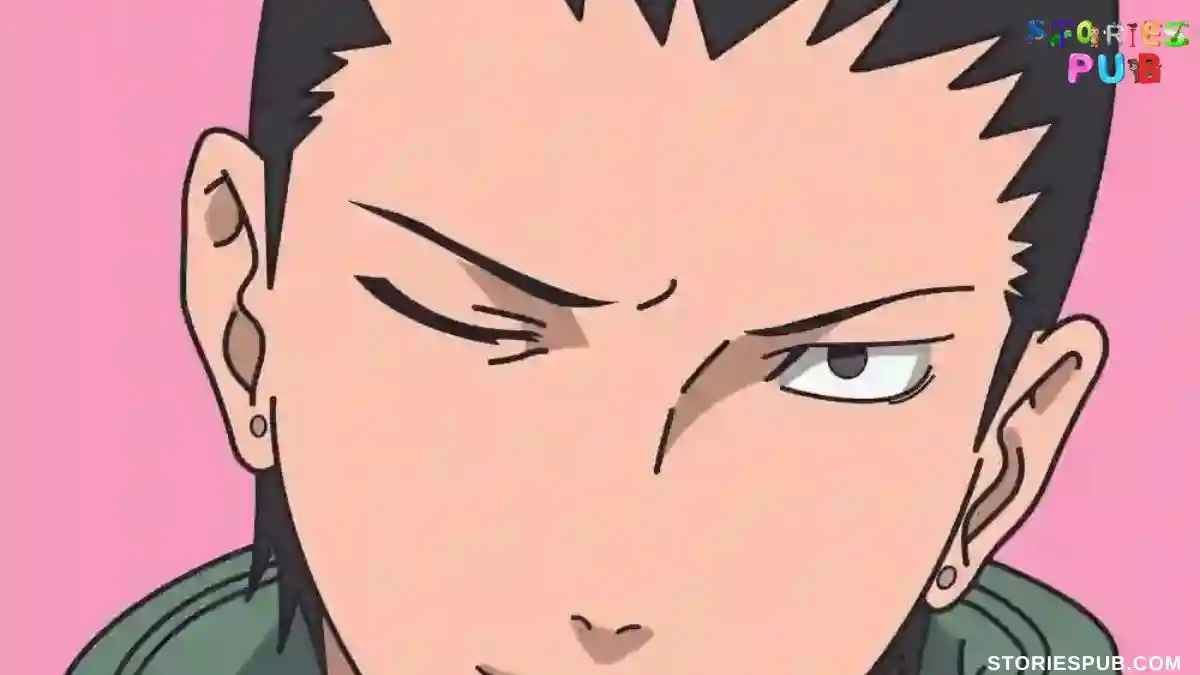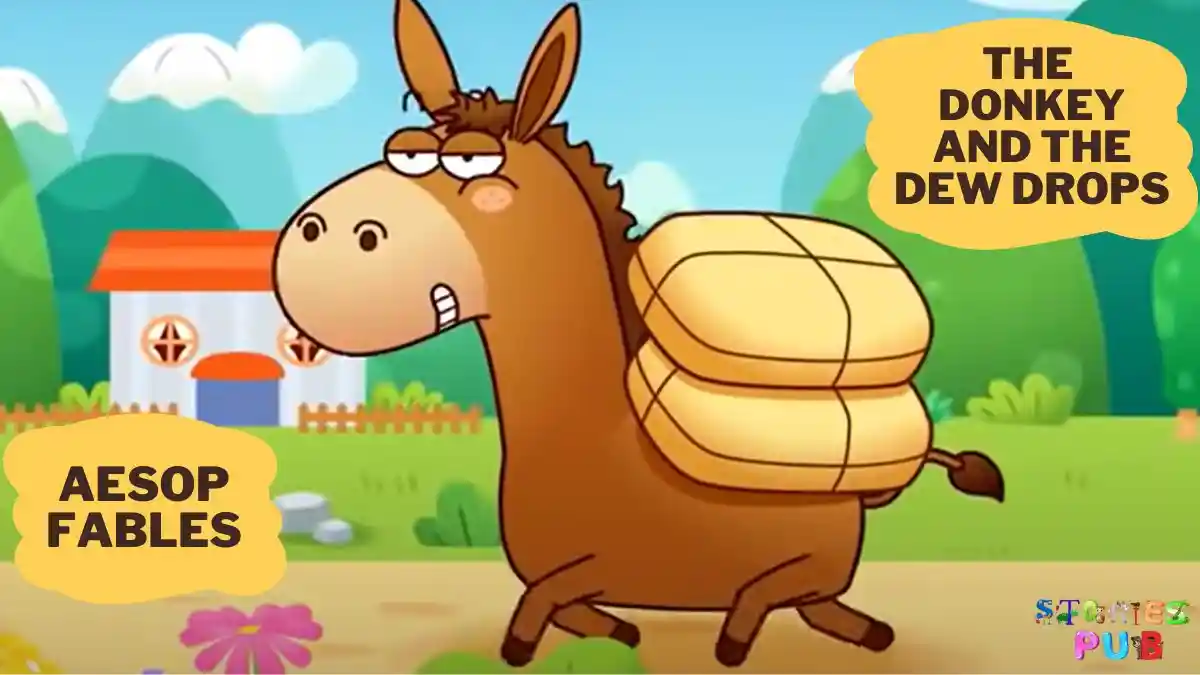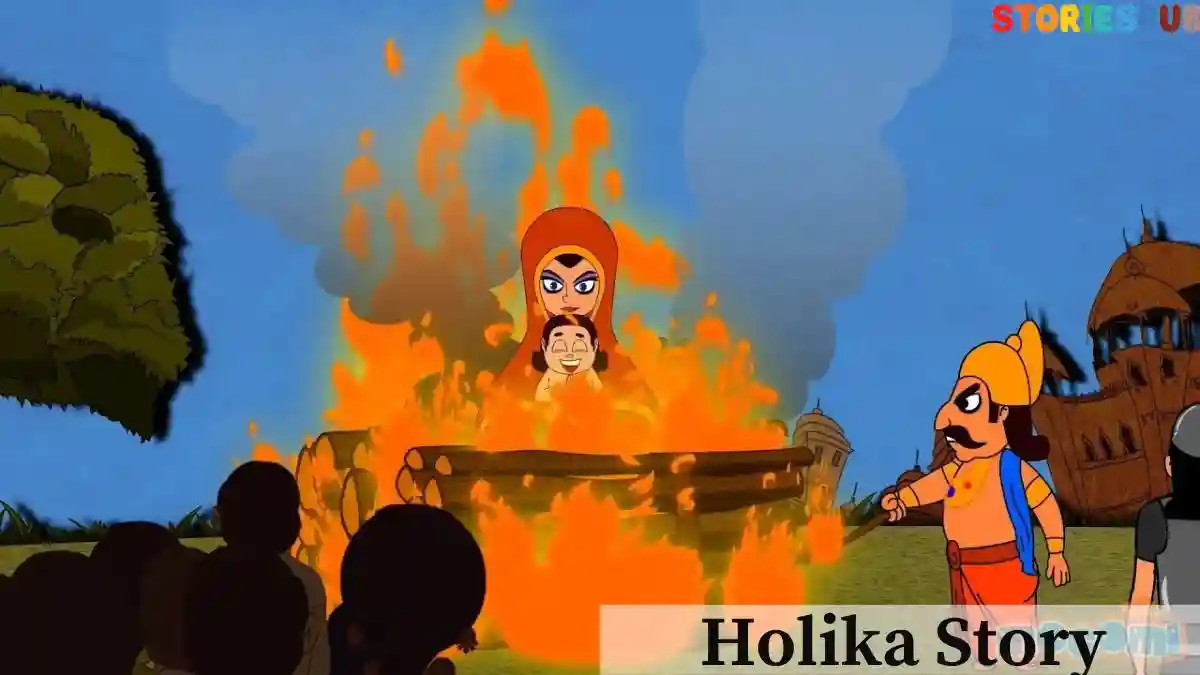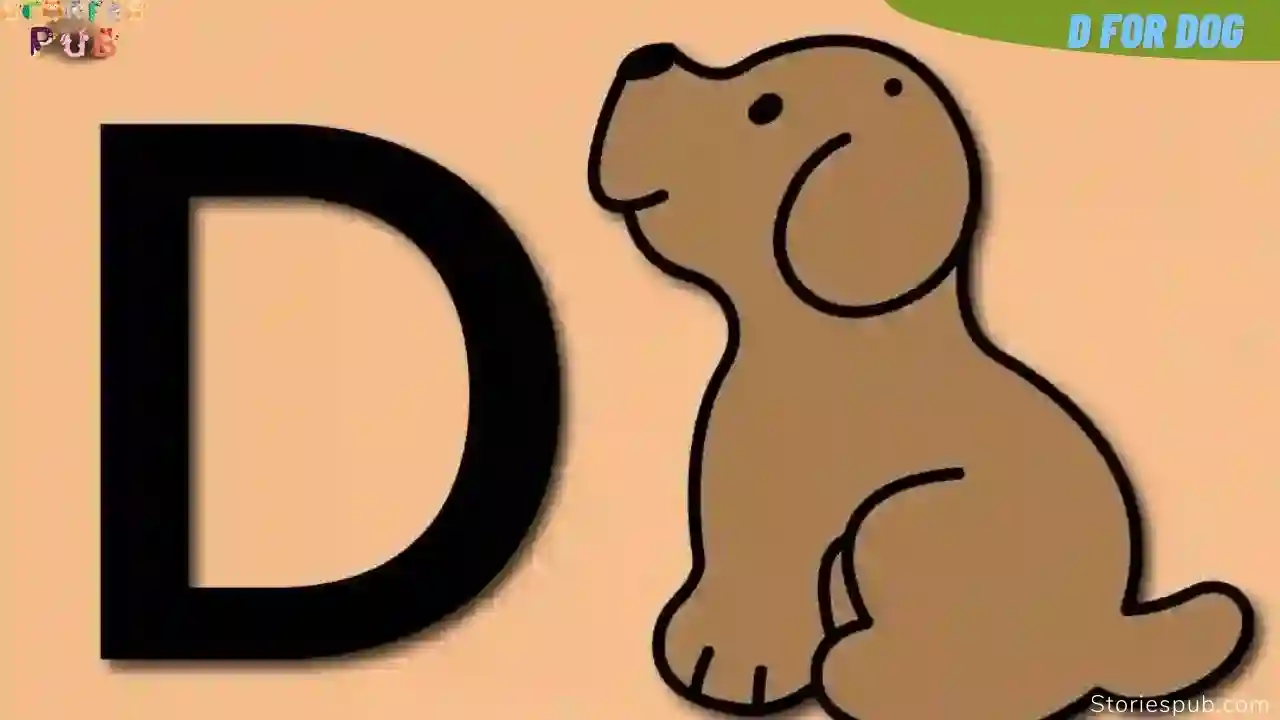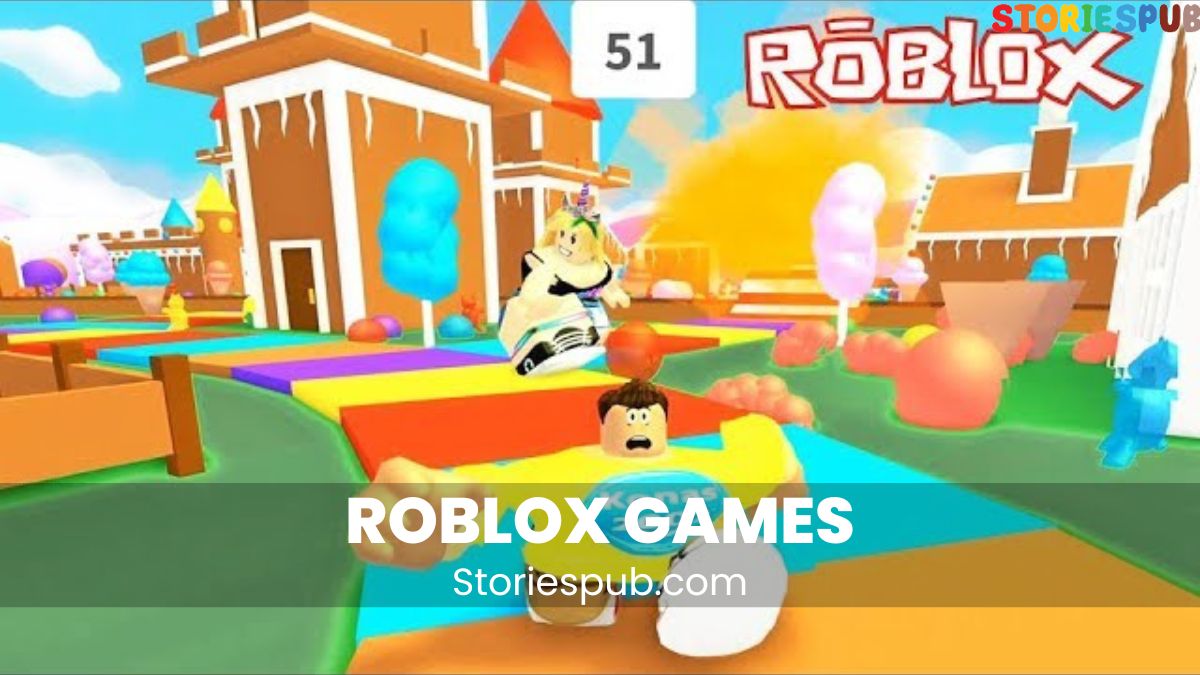Summarize this Article with:
The Bee and the Butterfly: Animal Story for Kids
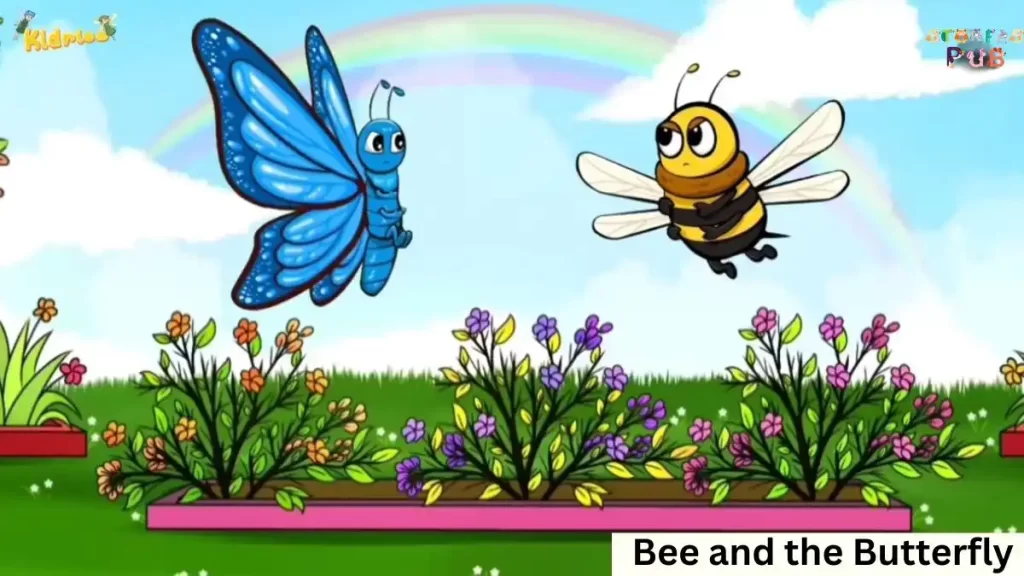
Once upon a time, in a beautiful garden filled with flowers, there lived a bee named Bella and a butterfly named Benny. Bella was a hardworking bee, always busy buzzing around from flower to flower, collecting nectar to bring back to her hive. Benny, on the other hand, was a carefree butterfly who loved to flutter his wings and fly from flower to flower, admiring their beauty.
One sunny morning, Bella and Benny both arrived at the same bright pink flower at the same time. As they both approached the flower, they nearly collided in mid-air. “Watch where you’re going!” Bella exclaimed.
“Sorry about that,” Benny replied, “I was just admiring this beautiful flower.”
“Admiring the flower?” Bella questioned, “I’m trying to collect nectar to bring back to my hive. “Don’t you know how important our job is?”
“Well, I suppose I do,” Benny replied. “But I just think it’s important to take a moment to appreciate the beauty around us.”
Bella couldn’t help but roll her eyes at Benny’s carefree attitude. However, as they both continued to fly around the garden, they found themselves crossing paths more and more often. Eventually, they began to strike up a conversation during their encounters.
One day, while they were both resting on a leaf, Benny turned to Bella and said, “You know, I’ve been thinking about what you said the other day about how important our job is. “I know I don’t collect nectar like you do, but I still think I could help out somehow.”
Bella was surprised to hear this. “What do you mean?” she asked.
“Well, I heard that we both play a role in pollinating flowers. “I could use my wings to help spread the pollen around,” Benny explained.
Bella thought about this for a moment. “You know, that’s not a bad idea,” she said. “We could work together to pollinate more flowers than we ever could on our own.”
And so, Bella and Benny began to work together to pollinate the flowers in the garden. Bella would collect nectar from the flowers while Benny fluttered his wings and helped spread the pollen around. Together, they were able to pollinate more flowers than they ever could have on their own.
As they worked together, Bella and Benny began to appreciate each other’s differences. Bella admired Benny’s carefree attitude and ability to find joy in the little things, while Benny admired Bella’s hardworking nature and dedication to her job.
One day, as they were buzzing around a field of bright yellow sunflowers, Bella turned to Benny and said, “You know, I used to think that our differences made us too different to work together. But now, I realize that our differences are what make us so great together. “We complement each other perfectly.”
Benny smiled at Bella. “Exactly,” he said. “Diversity makes the world a more beautiful and productive place.”
From that day forward, Bella and Benny continued to work together to pollinate the flowers in the garden. And as they worked together, they knew that their differences made them stronger and more productive than ever before.
The moral of the story is that diversity makes the world a more beautiful and productive place. The bee and the butterfly, who were very different from each other, learned to appreciate their differences and work together to pollinate flowers. Through their collaboration, they were able to achieve more than they ever could have on their own. The story teaches us that even though people may have different backgrounds, personalities, or abilities, we can all learn from each other and work together to achieve great things.
Thanks for Reading… The Bee and the Butterfly: Animal Story for Kids
Bee and the Butterfly
How much did you like the The Bee and the Butterfly: Animal Story for Kids Please share your views in the comment box. Also, please share this story with your friends on social media so they can enjoy it, and for more such stories, please bookmark storiespub.com.
Check out other stories that we have:
- 1. Hindi Stories
- 2. Panchatantra stories
- 3. Moral Stories
- 4. Bed Time Stories
- 5. How to Draw
- 6. Scary stories for kids
- 7. Mythological Stories





